Nationality Serbian Name Paja Jovanovic Role Painter | Movement Realism Siblings Milan Jovanovic Website www.pajajovanovic.rs | |
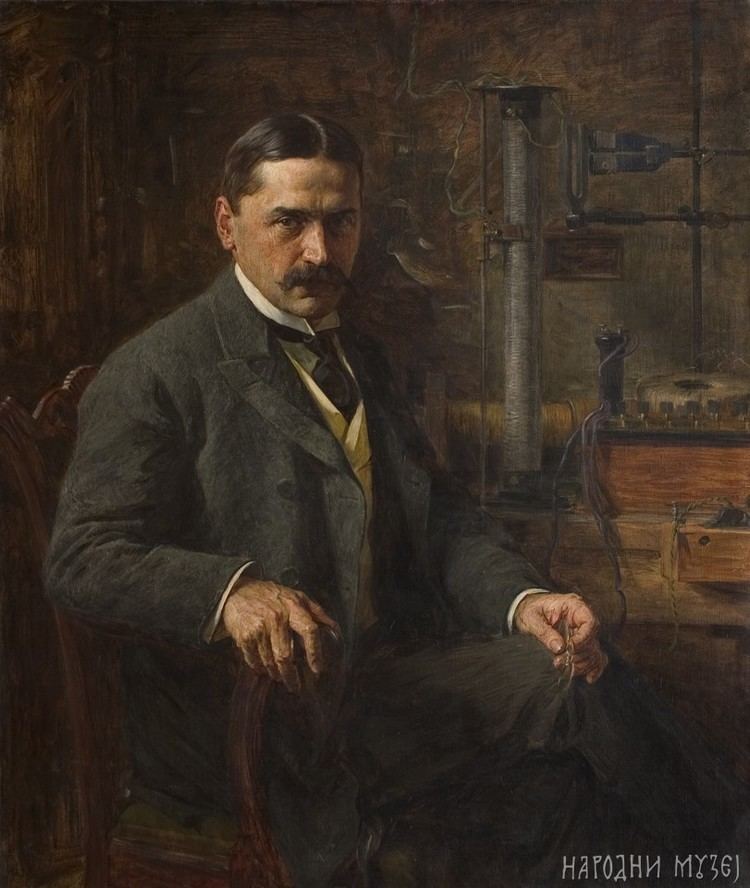 | ||
Notable work Cas Macevanja (Fencing) (1884)Velike seobe Srba (Serbian Migrations) (1896)Krunisanje cara Dusana (Crowning of Stefan Dusan) (1900) Artwork The Uprising at Takovo, Gedeon Dunderski Parents Stevan Jovanovic, Ernestina Jovanovic Similar People Milutin Milankovic, Maria of Yugoslavia, Nikola Pasic | ||
Paja jovanovi 16 jun 1859 30 novembar 1957
Pavle "Paja" Jovanović (Serbian Cyrillic: Павле "Паја" Јовановић; [pâʋlɛ pǎːja jɔʋǎːnɔʋit͡ɕ]; 16 June 1859 – 30 November 1957) was a Serbian Realist painters, along with Uroš Predić and Đorđe Krstić. Jovanovic is perhaps best known for his early works used ordinary peoples during ″oriental cycles″. He is considered one of Serbia's greatest “orientalist”. His most significant works are: The Wounded Montenegrin (1882), Decorating of the Bride (1886) and Migration of the Serbs (1896). He also painted many famous portraits.
Contents
- Paja jovanovi 16 jun 1859 30 novembar 1957
- Dugo putovanje paja jovanovi
- Biography
- Orientalism
- References

Dugo putovanje paja jovanovi
Biography
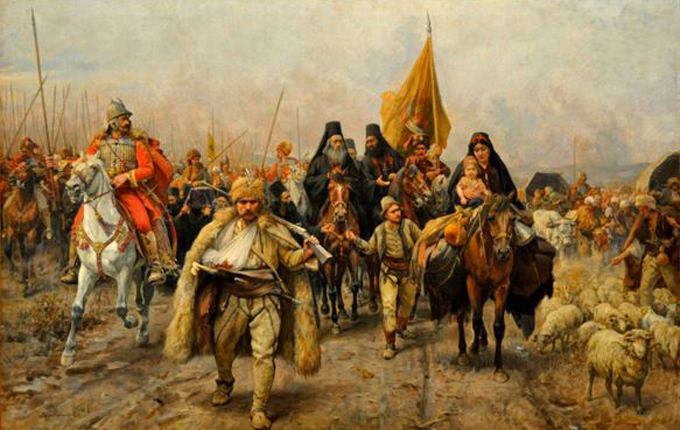
Paja Jovanović was born in Vršac, Austrian Empire (modern day Serbia). His father was photographer Stevan Jovanović and his mother was Ernestina née Deot, of French descent. He spent his childhood and early youth in this home town, where he saw the iconostasis of Pavel Đurković and Arsa Teodorović in the town churches, which would influence his future works. He received his first art lectures and knowledge from his teacher Vodecki. His father took him to Vienna in 1875 when he was 15, where he enrolled in the Academy of Fine Arts in 1877 in the class of professor Christian Griepenkerl. He finished the Academy in 1880, attending several important courses taught by Leopold Carl Müller, known as an "orientalist". In the following period, having noticed greater interest of Europe for the Balkans, he painted mostly scenes from the life of the Serbs, Montenegrins, Herzogivinans, Aromanians and Albanians, which brought him great reputation. Encouraged to visit the Balkan region during his hiatus, he studied the customs and folklore of the people, and in 1882 he was awarded the prize of the Academy and was given the Imperial scholarship for the composition The Wounded Montenegrin.

The public and many art critics directed their attention to the young painter, and in 1883 he signed a contract with the "French" gallery in London. He continued his travelling through Caucasus, Morocco, Egypt, Greece, Turkey, Italy, and Spain. A great number of sketches, notes, and studies, along with the collected objects from the life of the common people, will find their place in his famous genre-compositions, such as: Fencing, Decorating of the Bride, and Cockfighting. Some of Jovanović's most remarkable praises were gathered at two of his greatest exhibitions: Millennium exhibition in Budapest in 1896, where he prepared Migration of the Serbs for entry, but the Vršac triptych was sent instead, and the World Exhibition in Paris in 1900, for which he had painted a great historical composition The Proclamation of Dušan's Law Codex.
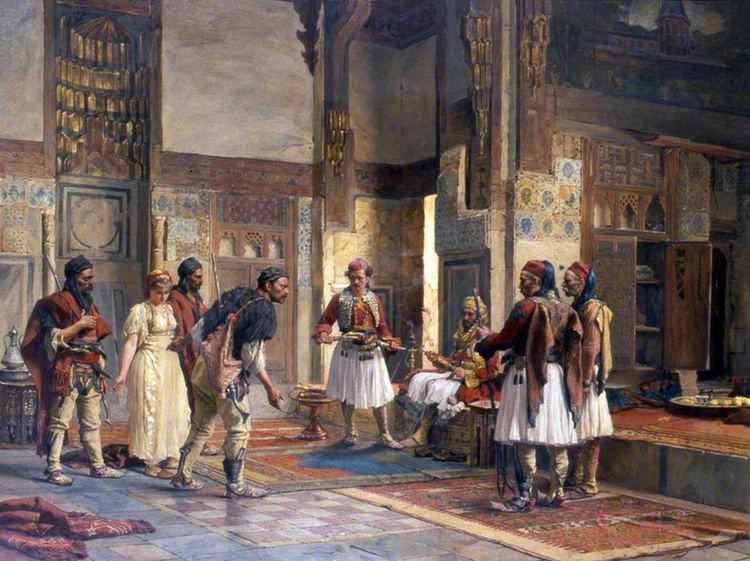
As early as 1893 he was proclaimed a member of the Serbian Royal Academy. He was tasked with painting monumental, historical compositions. After 1905 he devoted himself exclusively to painting the portraits in the style of academic realism for the rich clientel, and he became very famous thanks to them. Some of the most famous include those of Painter Simington, Mihajlo Pupin, Đoka Jovanović, and others. He painted the portraits of his longtime model and wife, Muni with special care.
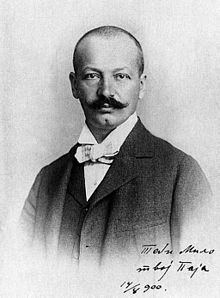
He painted the iconostasis in the church of St Nicholas in Dolovo and Orthodox cathedral in Novi Sad, which was painted without commission. He spent most of his time in his atelier in Vienna, where he settled, and occasionally travelled to Belgrade. In 1940 he was made honorary citizen of Vršac, and in 1949 he was given the Order zasluga za narod (Merit for People) of the first category. He lived quietly and lonely, after his wife's early death, in Vienna until his own death in 1957. According to his will, the urn with his ashes was to be moved to Belgrade and where “The Legacy of Paja Jovanović” was opened in 1970, as well in Vršac. Later, in the building of the Old Pharmacy on the Stairs, in 1977 the permanent commemorative exhibition of Paja Jovanović was opened. The works of Paja Jovanović have been kept in the Town Museum of Vršac, along with the exceptionally famous Vršac Triptych. Most of his works and personal belongings can be found in the Town Museum of Belgrade.
Orientalism
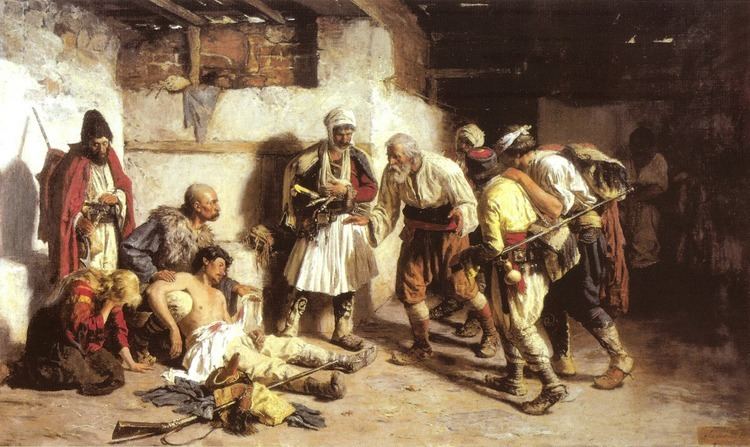
Orientalism indicates interest in Oriental scenes in the visual arts of the 19th century. Napoleon's campaign in Egypt, the conquest of Algeria, as well as travel books and other literary descriptions encouraged the enthusiasm and imagination of artists. Islamic countries of the Arabian Peninsula and North Africa had become the preferred travel destination for many artists. Scenes of squares, bazaars, harem and various folklore events entered European painting. Orientalism rarely had a purely documentary character and more often depicted the enthusiasm of Europeans for beauty, vividness and allure of the unknown and exotic world. The wild nature and unusual customs, combined with the gorgeous colors and light, had become a great inspiration to European artists. During a long period of education, Paja Jovanović, along with classes at the Vienna Academy of Fine Arts, attended the School of historical painting of Leopold Carl Miller, famous for its oriental motifs. There is no doubt that Miller's crucial lessons determined his painting preference. Noting the increased interest of Europe to the events in the Balkans, he traveled during the holidays to Albania, Montenegro, Dalmatia, Bosnia and Herzegovina and Serbia gathering sketches and studies of the life of the Balkan peoples. Precisely these themes brought Paja Jovanović worldwide fame and popularity.

